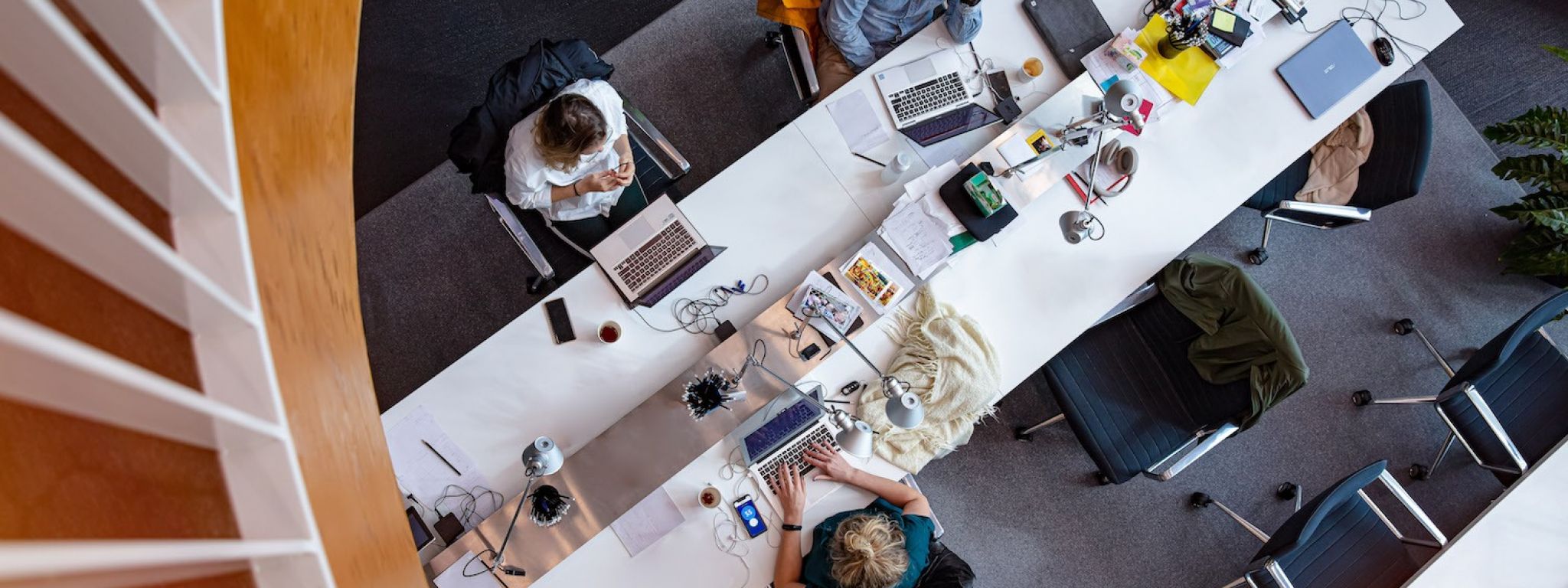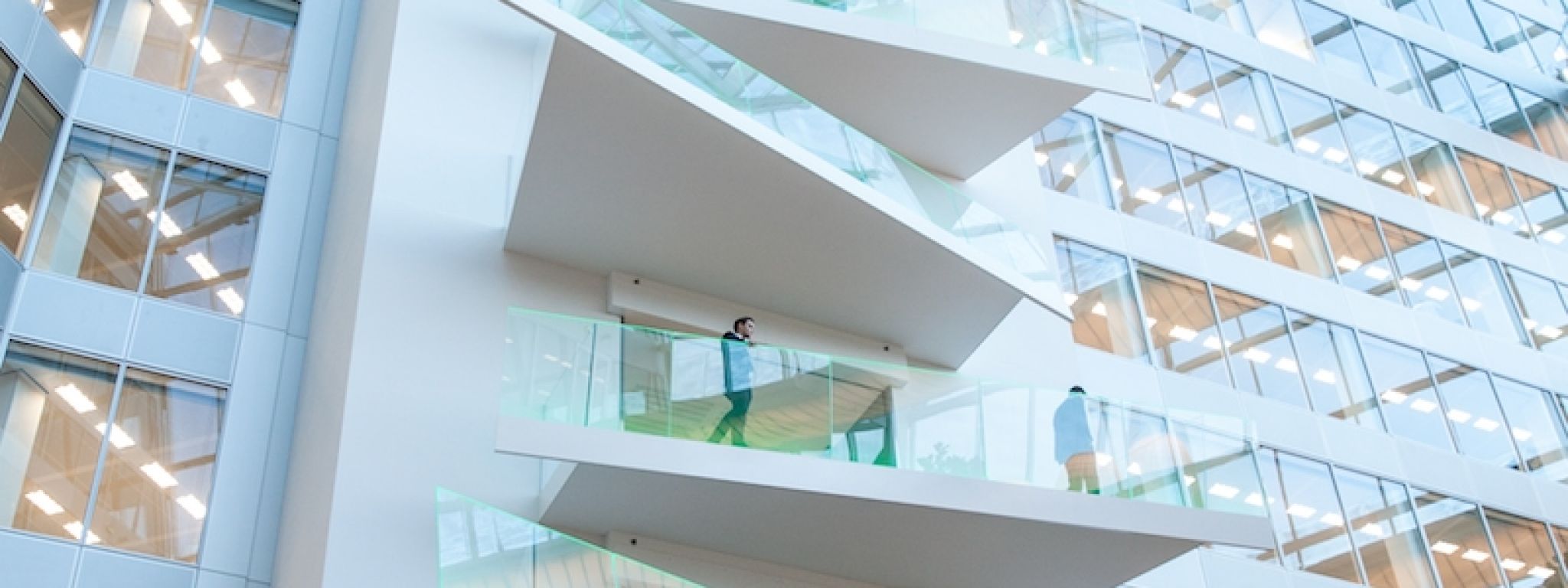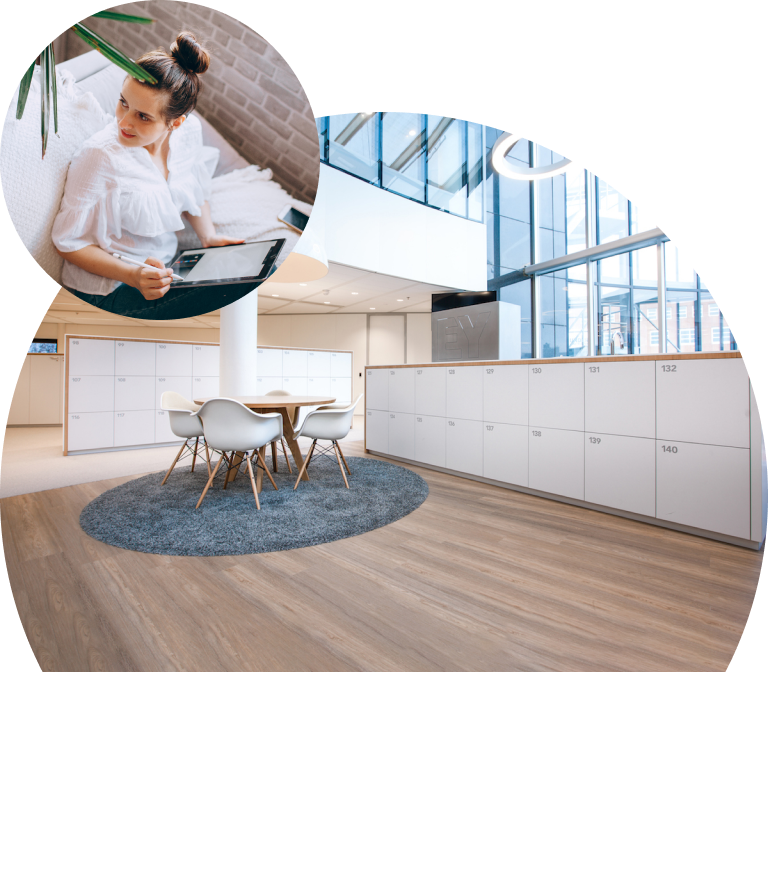According to the recent work_it report from the CBRE, developing a workplace strategy has become more common in the past years. More and more companies realize that the office plays an important role in attracting and retaining employees, promoting cooperation, improving the corporate culture and controlling costs. However, many companies struggle with the implementation of transformation projects focused on the workplace. One of the main reasons mentioned by the CBRE is the failure to accurately measure the use of space in the office from the start.
What exactly is office space utilization and why is it important?
Office space utilization is the process in which an organization looks at how, why and how many existing office spaces are used. This shows which spaces are rarely used or not used to subsequently redesign them as smart as possible. After all, you strive to use the available space as efficient as possible. Office space is after the staff the biggest expense for most companies. As soon as the demand for space increases and the workforce continues to grow, workspace planning and optimization becomes an important topic.
How can you optimize the use of the office space?
1. Create insight in the use and waste of office space
By using smart IoT sensors, companies can gain insight into the actual occupancy rate at the office at any time. In addition to measuring this data, ensure that structural attention is given to the follow-up of the collected results. Identify the areas that can be optimized and improve these areas to make the spaces useful and productive again.

It is difficult to optimize the office spaces if your employees are too attached to having their own desk. CBRE investigated that 75% of companies are currently still working with allocated workplaces. However, more than half (52%) indicate that they want to work more flexibly in the near future.
When companies are moving more towards a flexible or activity-related work style, this greatly contributes to the possibility of optimizing the use of space.
A good example is the project in The Edge for Deloitte in the Netherlands, in which Vecos installed 880 dynamic lockers for more than 2000 employees. Flexible working here made it possible to save more than 50% of floor space and locker space compared to traditional solutions.
3. Use technology to facilitate employees and optimize the use of space
Many people feel uncomfortable when they don't have a fixed workplace or a fixed locker. It is not necessarily the change that people find a problem, it is primarily the uncertainty surrounding the change. People want to know where they stand. Within an office this is easily achieved by designing good space management software and workplace applications that help employees find a workplace and a locker, reserve rooms and stay connected to the organization. In addition, these technologies also provide the facilities team insights that can help them to optimize workplaces again.
Vecos develops this technology specifically for locker management.
In conclusion, we see that measuring the use of space is an ideal starting point for organizations that are seriously considering the workplace strategy. Statistics such as use of space can be very useful for administrators when making decisions about the workplace and managing property. Once the use of space has been accurately mapped in your company, you can start working with the right partners to optimize the workplace.




